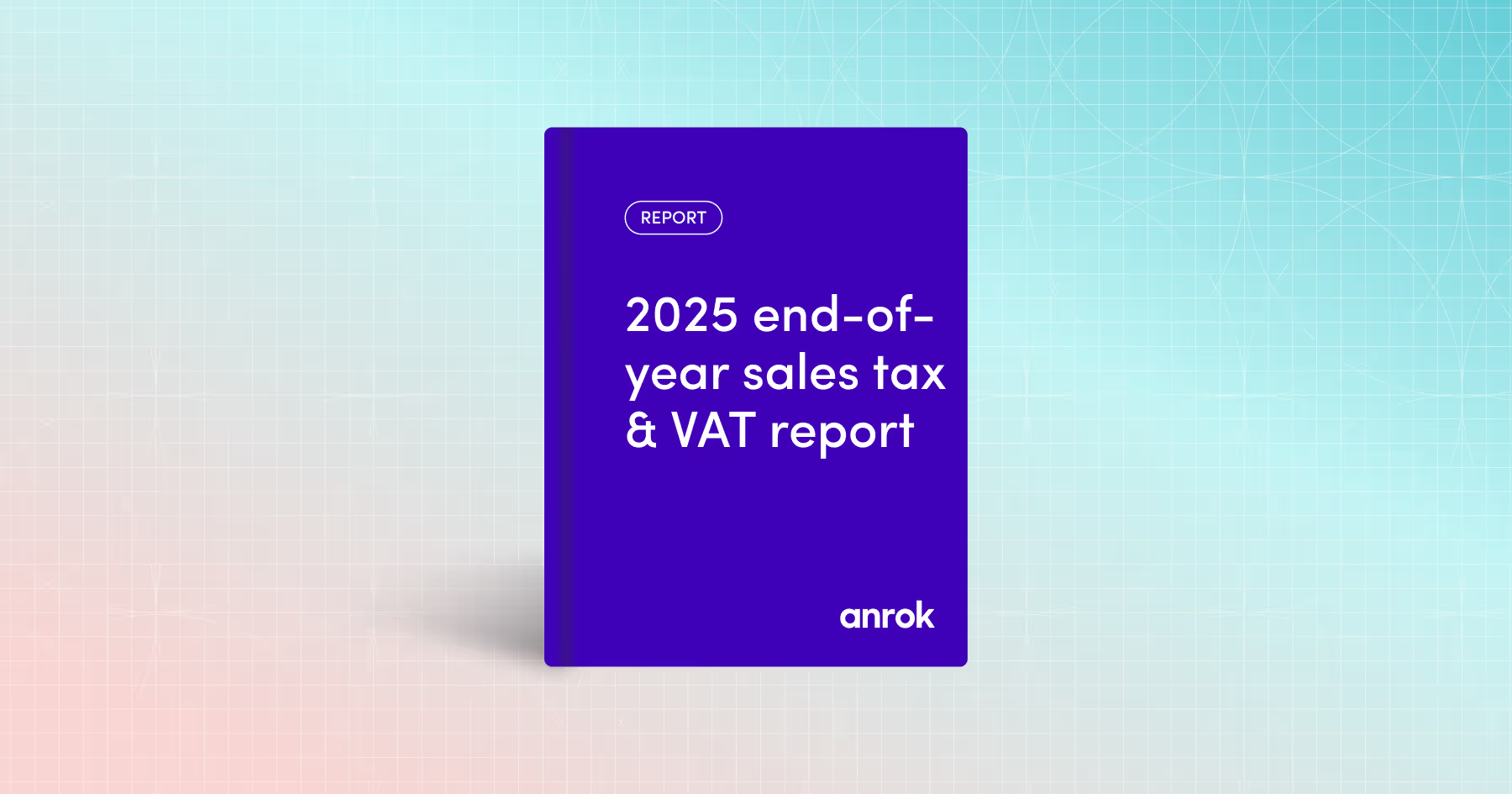Line items
Peloton’s improper tax classification has big consequences
Last month, a federal class action lawsuit was filed against Peloton. The plaintiffs alleged that the company overcharged sales tax to its customers in several states. The product in question was their subscription membership fees to access classes.
There are three key pieces to the sales tax equation:
- Where are my customers?
- Am I subject to sales tax in the state(s) where I have customers?
- Is what I am selling taxable in the state(s) where I have customers?
Using the Peloton example, we can break these down to see where things went wrong.
The first piece to the equation examines the location of the purchaser. Unlike traditional brick and mortar businesses that have one location, Internet subscriptions can be easily purchased by anyone anywhere. A company like Peloton needs to know where their customers are. And while the full address is most accurate, many Internet sellers - particularly those that sell software - will only have the zip code from a customer’s credit card.
The next piece to the equation depends on the company selling the good or service and whether they have created a taxing relationship with a state. There are two primary ways that Internet sellers can establish this relationship, often referred to as “nexus”. One way to establish nexus is to have a physical presence in a state. This can be as simple as having an office or a remote employee.
Another - and more recent - way is for a company to reach economic nexus in a state. Economic nexus was introduced in 2018 by the Supreme Court case South Dakota v. Wayfair and is based on sales activity in the state. Although each test can vary by jurisdiction, a typical example is when a seller has $100,000 in gross sales or 200 individual invoiced transactions in a state. This means that Internet sellers have to monitor sales across all states and measure their transactions against state specific thresholds.
Finally, the third piece of the equation is to understand whether the product being sold is taxable in the state.This is where things went wrong for Peloton this quarter. In the digital world, defining what you are selling from a tax perspective is less obvious than one may think. Internet sellers must navigate inconsistent and often vague definitions that vary by state to determine whether their products are taxable, and keep abreast of state tax legislation and interpretation. A seller like Peloton can get the first and second pieces of the equation correct, but still mess up this third step. This can result in an audit or unhappy customers. And unfortunately in the case with Peloton, a lawsuit.
Evolving state tax laws make it hard to keep up
While many states tax digital goods, not all do as Peloton is learning the hard way. As states are learning more and more about the scope of software and digital products being sold, they are working hard to expand sales tax laws to cover them.
Two years ago, subscription based products like Spotify or Netflix were minimally taxed, because users didn’t gain unlimited ownership over the content, which was a traditional characteristic on when a sale was taxable. However, states have begun to adjust their digital goods taxes to include subscriptions, which is why this quarter customers in some states are receiving emails similar to this one from Spotify:
Sales tax for Internet businesses is particularly tricky. And unfortunately non-compliance or wrong-compliance can add up. The costs include the sales tax amount that would otherwise be collected from the customer, plus penalties and interest. This can represent ~4% of sales for SaaS sellers and can be as high as 11% depending on whether most customers are in taxable states.
Forecasting
As governments look for growth opportunities out of the pandemic, compliance is increasingly important. Sales tax on software and the Internet economy will continue to expand, with several states looking into the specific revenue opportunities that the digital economy offers as discussed in our last update. Sales tax is quickly becoming akin to how startups do payroll tax, withholding from day one. And customers will likewise see emails like those from Spotify with sales tax added to invoices as the norm.




%20(1).webp)
